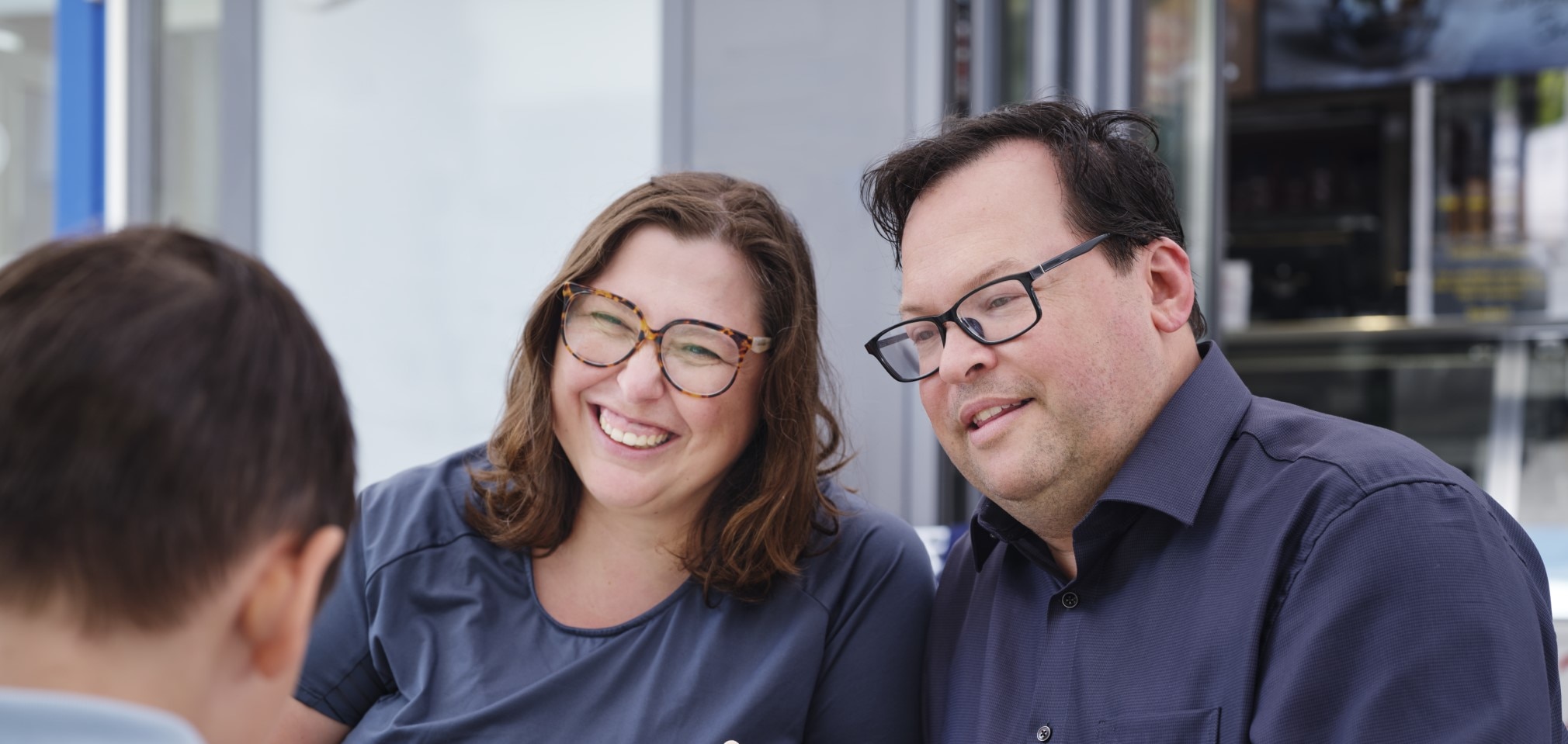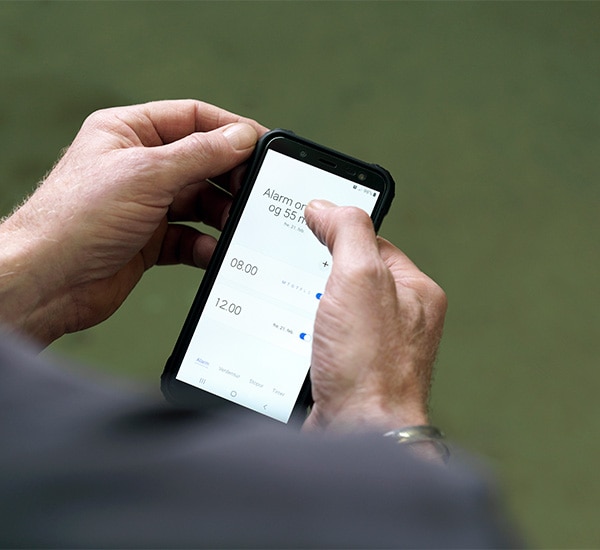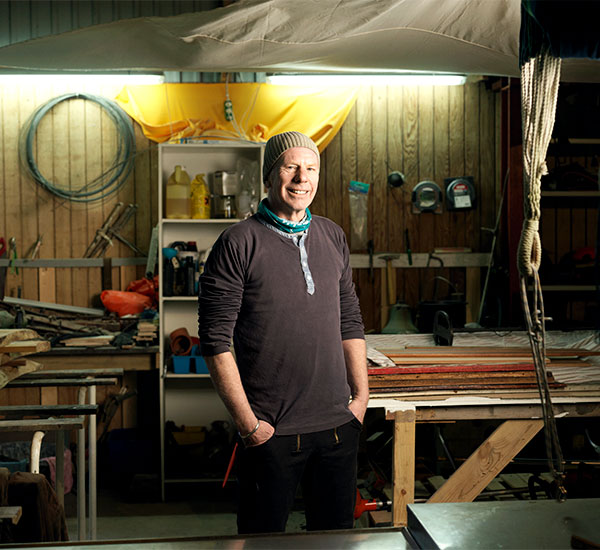Wolfgang and Katharina share their perspectives for other parents starting the IC journey. This article describes their first-hand experience of managing the topic of catheterisation with a child.*
*The tips below reflect subjective opinions. They are not to be considered official advice or guidance from Coloplast.
Introducing catheterisation to your child
According to Wolfgang and Katharina, it is important to be careful with how you approach the topic of catheterisation when educating a child about their bladder issues.
Tip #1 – start early
Wolfgang emphasises the importance of starting early with educating your child on catheters if this is going to be a part of their daily life. Franz for example, started when he was only 3 months old.
“The earlier you start, the better. The more it becomes a normal part of everyday life, like cleaning your teeth. And Franz doesn’t know anything else. Franz is catheterised, and he can’t even remember when it all started.”
From the get-go, Wolfgang and Katharina found that Franz was interested in the whole process, so they found ways to make the experience fun: they would play with the catheters where possible, and take the time to explain to Franz what was going on.
“I would say that you must have fun with it while you are catheterising. So I always said what he had to do in advance and Franz repeated it. So he was, for example, allowed to open the catheter or to pull the catheter out. That actually worked relatively well.”
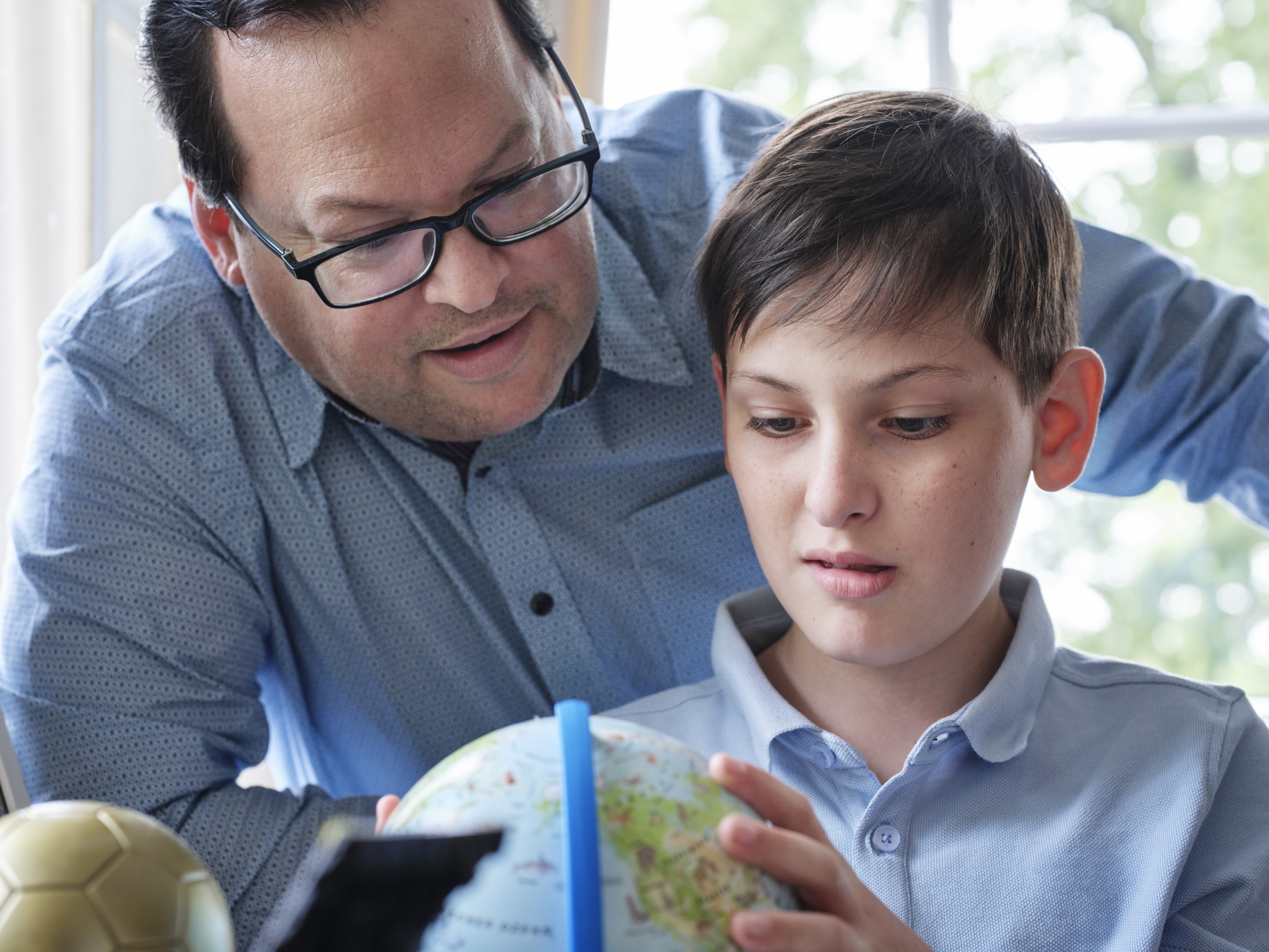
Tip #2 – let your child take the reigns
Since learning to catheterise by himself, Franz has become increasingly independent. Naturally, the first times he did it himself, it was under supervision, but with time Wolfgang and Katharina trusted him to manage the process by himself.
“The difficulty was that he still did not have the strength to open the package, but he was able to do the process himself at four years of age, as he wanted to be able to do this. Pulling up the zip of his jacket, for example, was something which he did not want to do and so he did not learn how to do it. But he wanted to be able to use the catheter and so he was able to do it.”
For Wolfgang and Katharina, it is important to allow a child to catheterise on their own. This should be considered as an opportunity to allow them to own their own catheterisations as ultimately, self-catheterisation can open up a lot of freedom:
“The child gains so much self-confidence, self-awareness and independence because it can be done anywhere if the technique is mastered without the parents being involved.”
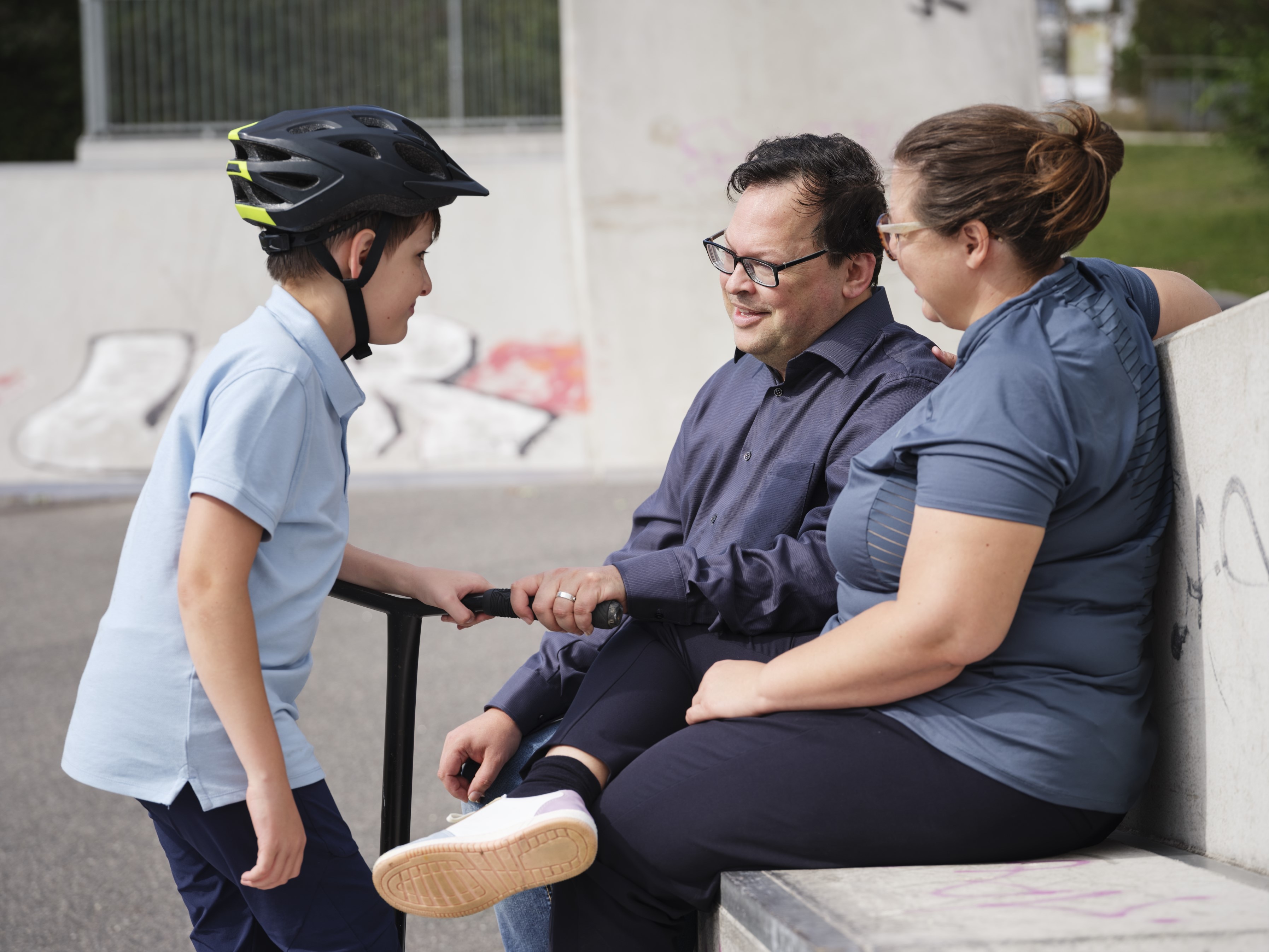
“For Franz, it was of key importance that he could do his hobbies alone, that he could visit friends, that he could for example also go to a residential school with overnight accommodation. He did this on his own in Year 4. That is a big achievement for such a child and an incredible push towards self-awareness and independence if he manages to do that. For this reason, I believe that you should trust children a bit.”
Of course, a child’s independence will develop over time, along with a parent or guardian’s trust that they can indeed catheterise independently. For Franz and his parents, demonstrating his own ability to do this helped them feel confident in giving more freedom.
“For us, seminars, in which IC was taught, were very important because it was the first time that we saw that he could do it with another person without you being there and watching whether he was doing it correctly or not. There, he was able to try it out.”
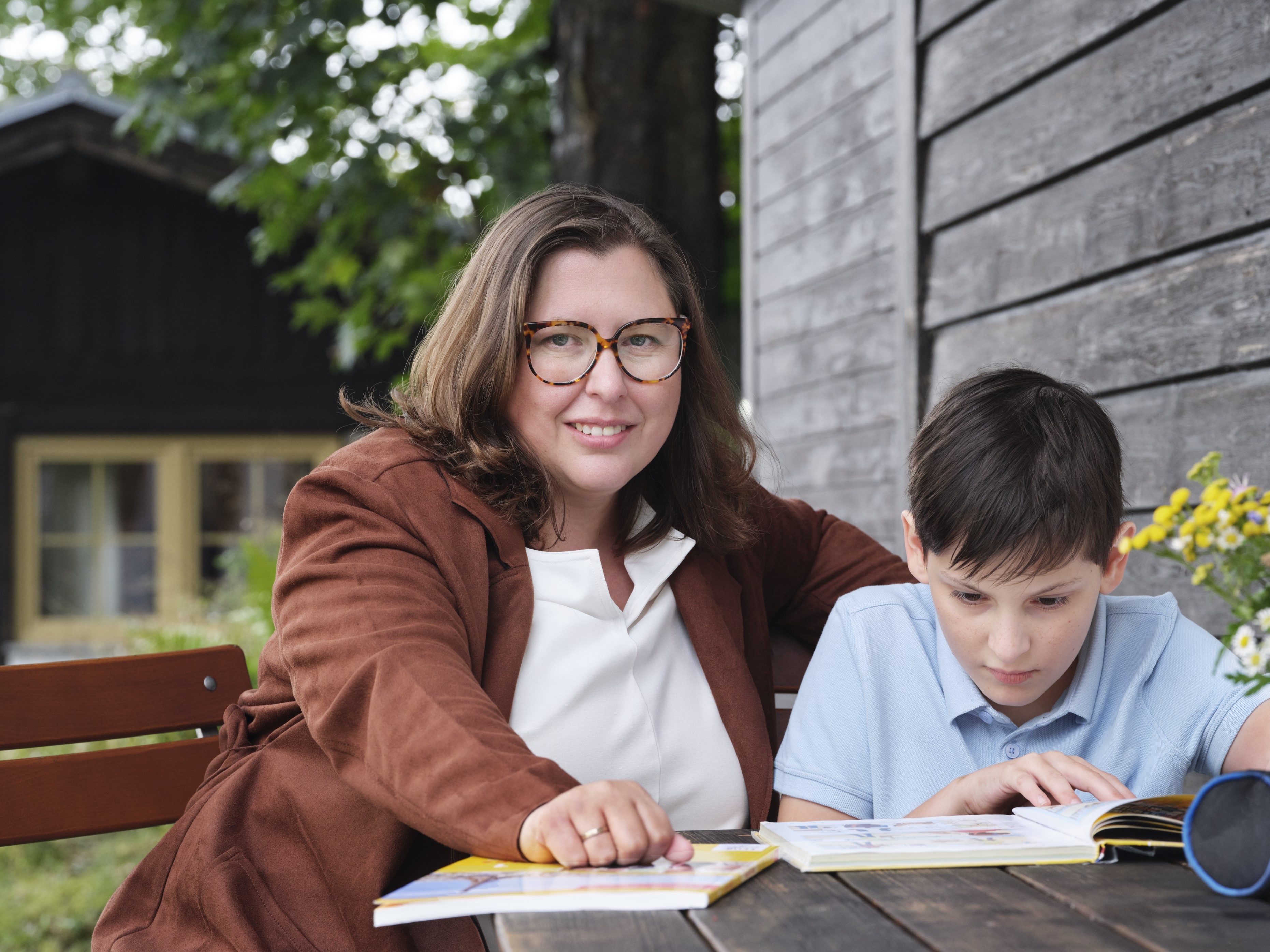
Tip #3 – Keep informed
For Franz’ parents, it’s important that they themselves are knowledgeable about catheterisation and the different product options out there.
“I always also educate myself on the internet so that I am also able to explain to Franz how a new catheter works. We watch the product videos together, as it is very important for us that Franz understands why something is done or why he should use something, as it is very important for us that he can make the decisions himself later in his life”
Learn more about Luja male for boys.
